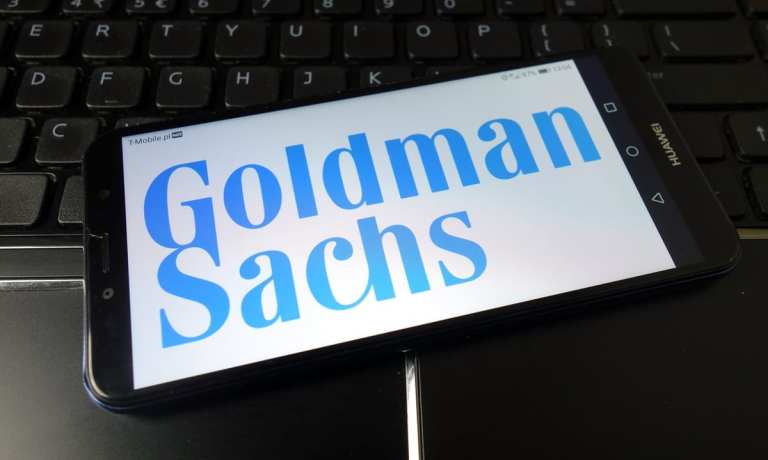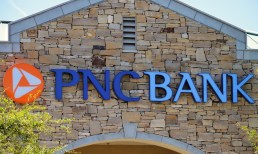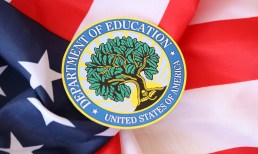Bhatia will work as head of the company’s direct-to-consumer (D2C) business. Stark will lead large partnerships, the bank said, according to Reuters.
Most recently, Bhatia was the chief payments risk officer for payments company Stripe, a role which she served in from October 2018 through August 2020, according to LinkedIn. Bhatia worked at PayPal for eight years, starting as a senior director of Global Risk Strategy and Policy in 2010 before moving up to head of Regional Risk, Financial Risk Management in 2013 and then up to vice president of Product Simplification and Growth in 2015.
After that, she became vice president of Seller Risk and Experience in 2016, where she stayed until she moved to Stripe, according to LinkedIn. Prior to that, Bhatia worked at Capital One for eight years, holding several management roles, including director of Online Product Strategy and Customer Experience for U.S. Card Marketing and Analysis, and then after that, senior director and credit officer, National Lending.
Stark was a 17-year veteran at Citi before moving to Goldman, according to LinkedIn. At Citi, he moved up the ranks in risk management and then became director of Decision Science, then a business manager working on Citi Cards portfolio, and finally, for his last four years there, he was a managing director working with both NA Cards and risk management. In 2015, he began working with Goldman Sachs as a managing director, and then in 2018, he became a partner as the head of Apple Card.
Reuters reported that he has played an important role in the launch of Goldman’s Marcus unit for consumer banking.
Advertisement: Scroll to Continue
Marcus, PYMNTS reported, finished out 2020 with deposits totaling $97 billion. The company is looking to get up to $125 billion in deposits by 2024. PYMNTS reported that loans associated with those cards should see $20 billion by then as well.




